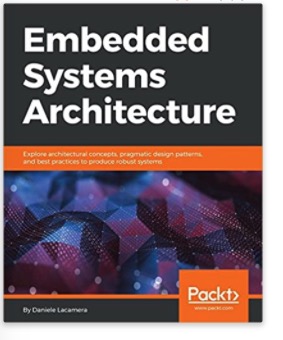Recent Posts
AI Development Kit For Applications Like Image Classification, Object Detection, And Speech Processing
Posted by on
The NVIDIA Jetson Nano Developer Kit is a powerful embedded computer system in a small form factor that lets you run various neural networks in parallel for applications like image classification, object detection, segmentation, and speech processing. All that comes with an easy-to-use platform that operates with as little as 5 watts.
The Jetson Nano performs 472 GFLOPS for managing advanced AI algorithms fast, with a quad-core 64-bit ARM CPU, a 128-core integrated NVIDIA GPU, as well as 4GB LPDDR4 memory. It runs multiple neural networks in parallel and processes various high-resolution sensors concurrently.
The Jetson Nano is supported by the NVIDIA JetPack, which incorporates a board support package (BSP), CUDA, cuDNN, and TensorRT software libraries for deep learning, computer vision, GPU computing, multimedia processing, and much more. The SDK includes the capability to natively install accessible open source Machine Learning (ML) frameworks such as TensorFlow, PyTorch, Caffe / Caffe2, Keras, and MXNet, which enables development engineers to integrate their preferred AI model / AI framework into products fast and efficiently.
Embedded systems are self-contained units that have a dedicated mission within a device. In today's world, we encounter a variety of applications of embedded systems in navigation tools, telecom applications, and networking equipment, and many more.
Embedded Systems Architecture starts with a bird's eye view of embedded development and how it varies from the other systems.
The book first explains how to set up a development environment and then moves on to the core system architectural concepts, exploring practical concepts, boot-up mechanisms, and memory management.
Next, the book looks at the programming interface and device drivers to establish communication via TCP/IP and to take measures to improve the safety of IoT solutions. Finally, the book introduces parallel multithreaded applications through the development of a scheduler.
By the end of the book, the reader explored various aspects of embedded architecture such as memory management, centering on a memory-safe approach, multithreading, and the RTOS strategy.
 Loading... Please wait...
Loading... Please wait...


